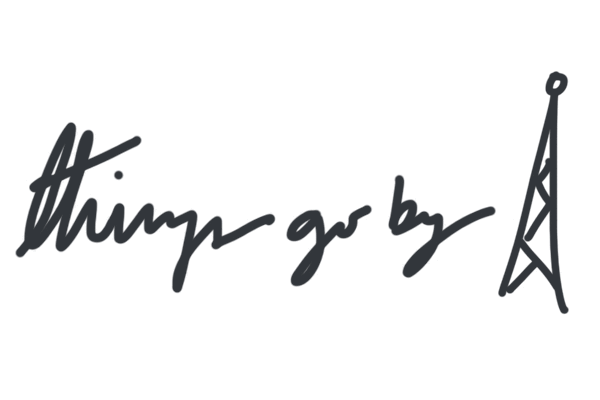Laughter has a long history in drama: as far back as Shakespeare, plants in the audience initiated reactions with their own belly laughs and jeers. But laughter has a strange role in television. Unlike most sound effects, it doesn’t correlate to something you’re seeing on the screen.
The laugh track was pioneered in The Hank McCune Show, and it fundamentally altered the method of TV production. Live audience reactions were no longer necessary, and if any jokes fell flat, they could be artificially sweetened in post production. And though TV viewers are often isolated in their homes, the laugh track provided the illusion of being a part of a larger audience.
One of the most amazing stories surrounding canned laughter centers around a man named Charles Rolland Douglass. He invented a bulky black machine called the Laff Box. Charles would roll the Laff Box from one job to the next and press its typewriter-like keys to add his specially collected spools of taped laughter to a given show.
The Laff Box’s details were extremely secretive until recently when it was recovered in an otherwise routine storage unit auction. Found inside the Laff Box was a notebook filled with work annotations from some of televisions most acclaimed shows. The find was appraised at ten thousand dollars. See the video of the appraisal over at PBS.
The laugh track continues today, often in more subtle ways, forming connections between an audience and a show, and even between the people watching a show with one another. It has even sparked a brand of meme, as you can see in this adaptation of The Wire:
Listen to the audio over at KMUW.
